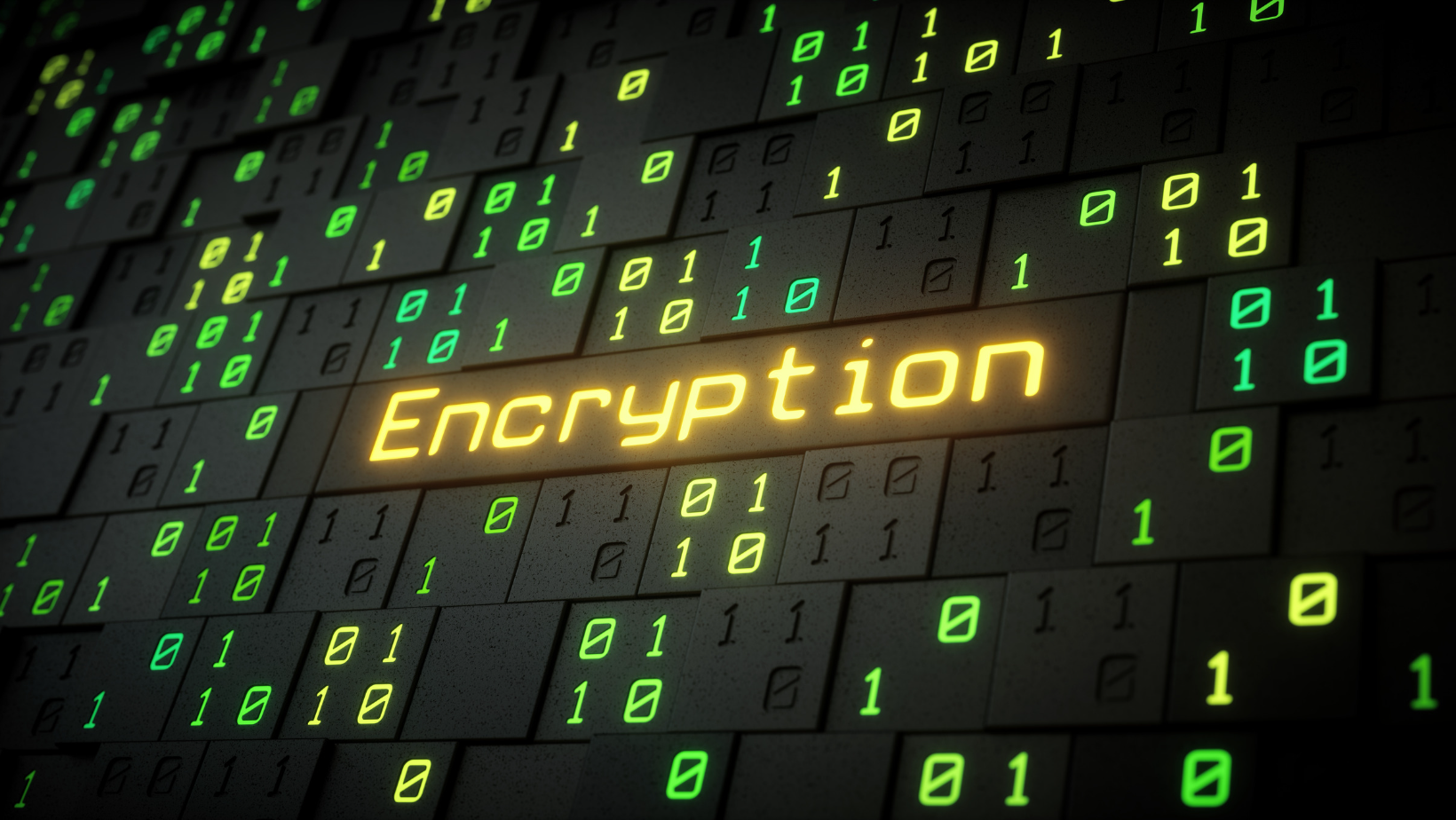 |
| Securing Data: Understanding the Importance of Cryptography and Encryption Techniques in Cybersecurity |
Cryptography and encryption techniques play a vital role in cybersecurity, helping to protect sensitive information and communications from unauthorized access and tampering. In this article, we will explore the key concepts of cryptography and encryption, and discuss some of the most commonly used encryption techniques used in cybersecurity.
Cryptography is the practice of securing communications by obscuring the meaning of the message. This is accomplished by using mathematical algorithms to encrypt the message, making it unreadable to anyone who does not have the proper key to decrypt it. Encryption is a method of obscuring the meaning of a message or data by encoding it in such a way that only authorized parties can read it.
One of the most common encryption techniques used in cybersecurity is symmetric-key encryption. This type of encryption uses a single secret key to encrypt and decrypt the data. Symmetric-key encryption is fast and efficient, but it also has some significant limitations. For example, the same key must be used for both encryption and decryption, which means that the key must be kept secret and secure. If the key is compromised, the data becomes vulnerable to attack.
Another encryption technique commonly used in cybersecurity is asymmetric-key encryption, also known as public-key encryption. This type of encryption uses a pair of keys: one public key that is used to encrypt the data, and one private key that is used to decrypt it. Public-key encryption is more secure than symmetric-key encryption because it allows the data to be encrypted without the need to share the private key.
A third encryption technique that is commonly used in cybersecurity is the use of encryption protocols. These protocols are standard methods for encrypting and decrypting data, such as the Advanced Encryption Standard (AES) and the Secure Socket Layer (SSL) / Transport Layer Security (TLS). These encryption protocols are widely used for a variety of applications, such as online shopping, online banking and other financial transactions, and email.
A different encryption technique is Hash function, which is a one-way mathematical function that takes an input (or ‘message’) and returns a fixed-size string of characters, which is usually a hexadecimal number. Hash functions are used for a variety of purposes in cryptography, including message integrity, digital signature and password storage.
Another important concept in cryptography is digital signature, this technique, allows the authenticity and integrity of a message to be verified. It works by using a private key to encrypt a hash of the message, and then appending the resulting digital signature to the message. The recipient can then use the sender's public key to decrypt the digital signature, and then compare the hash of the received message with the decrypted signature. If the two match, the message is verified as having been sent by the intended sender, and it has not been tampered with.
In conclusion, Cryptography and encryption techniques play a vital role in cybersecurity, by obscuring the meaning of a message and making it unreadable to unauthorized parties. Symmetric-key, asymmetric-key, encryption protocols, hash functions, and digital signature are the most common encryption techniques used in cybersecurity. By understanding the key concepts and technologies, organizations can select the most appropriate encryption technique to secure their sensitive data and communications. Additionally, it's important to ensure regular updates, software patching and compliance with regulations to ensure that encryption methods are robust and up-to-date with the latest security standards.
